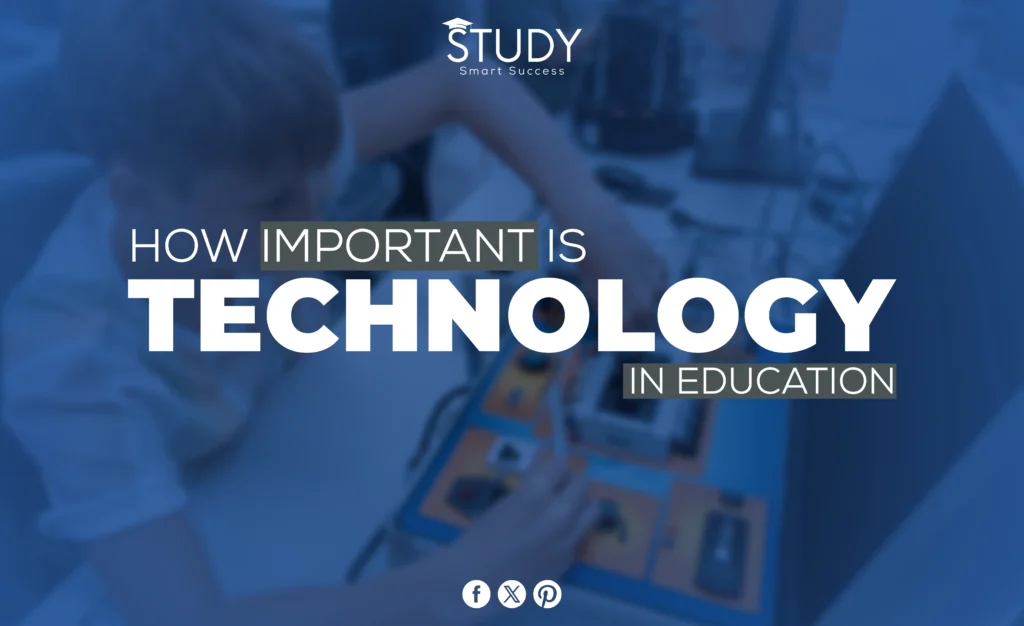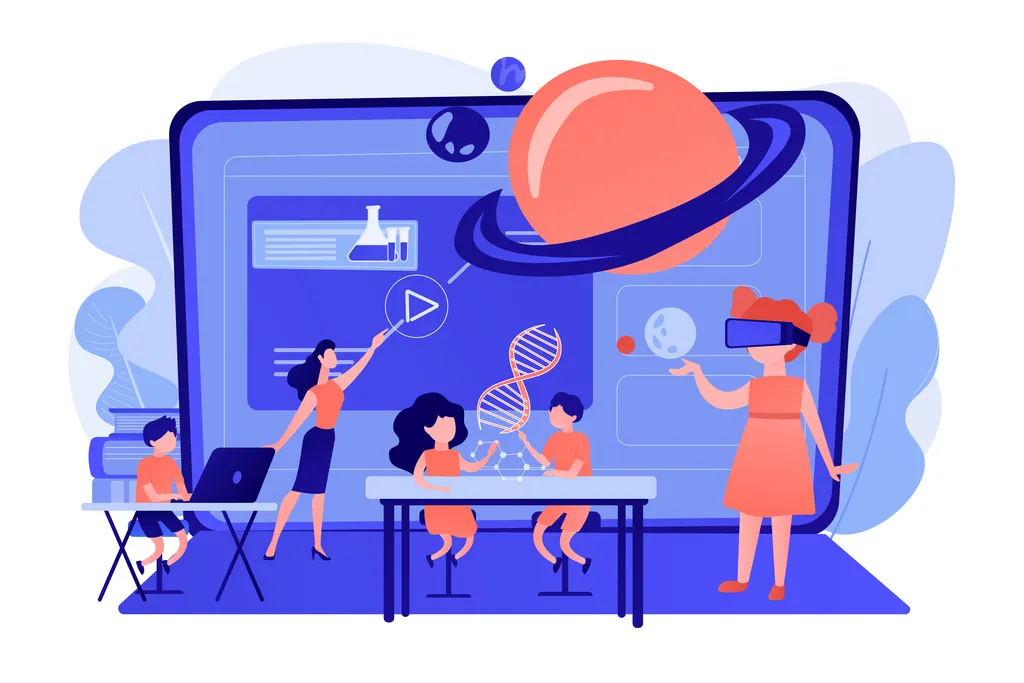Introduction
It’s not a wonder that technology has grown so important to us. Almost every part of modern life has been changed by technological progress, from being able to talk to people far away to being able to watch digital media whenever you want. The impact of technology on schooling, on the other hand, maybe even greater. Tech can be an important part of great learning strategies and initiatives because it can spark creativity and help people share knowledge.
But when it’s used wrong or without thought, it can also be a problem in classrooms around the world. How important is technology in school, then? Through this blog post, we’ll look in more detail at how technology affects learning and what the best practices are for bringing new tools into school settings.
Understanding the Role of Technology in Education
Every part of modern life has been changed by technology, and school is no different. People have had different opinions about the role of technology in education for years. Some say it hurts students’ learning, while others say it helps them learn more. It is important to understand the good things that technology does for education because it is clear that it helps students learn faster and better and gives them easy access to a lot of knowledge that wasn’t there before.
Technology can be the spark that turns classrooms into busy places where learning isn’t limited to textbooks and where students are encouraged to participate and learn how to think critically and solve problems.
Exploring Different Types of Technology Used in the Classroom
The use of technology has changed how we learn and teach, and more and more schools are getting the newest tech. Technology comes in many forms, and some of them can help kids learn better than others. New technologies, like interactive whiteboards, tablets, and educational apps, have made it easier for teachers to understand difficult subjects and for students to be interested in what they are learning.
Students can also talk to people from around the world and share their thoughts through videoconferencing, which is another useful technology. We can’t wait to see what the future holds because technology is always changing and making new ways to learn possible.
Assessing the Benefits of Incorporating Technology in Education
It’s not a surprise that technology is being used in schools all over the world as it keeps getting better. But what are the pros of using technology in the classroom? In the first place, it can get students more involved and make learning more fun. It can also help teachers tailor their lessons to meet the needs of all their students. Aside from that, technology can also help with online learning and let students work together.
These perks could help students do better in school and get ready for a world based on technology. But it’s important to remember that technology in the classroom should be used for a reason, not just because it’s there. A lot of planning and execution goes into making sure that technology improves the learning process instead of taking away from it.
Examining the Potential Disadvantages of Utilizing Technology in Education
Technology is becoming more and more important in education, so it’s important to think about the problems that might happen if we depend too much on these tools. One possible problem is that not all students may have the same access to technology, which could make it harder for some students to learn.
There is also a chance that too much use of technology could make students less creative and better at thinking critically. Even though technology can speed up some jobs, it may eventually replace people and make it harder to learn important social skills. It is important to think about the pros and cons of using technology in school and figure out how to do it in a way that helps students learn without hurting other parts of the school.
Analyzing How Technology Helps Students Learn and Engage with Content
The way students learn and interact with material has changed because of technology. Students can get a huge amount of knowledge quickly and easily with the help of digital tools and platforms. Students now study differently because there is so much information available. This has helped them think critically and come up with their ideas. Technology has also made learning more immersive and engaging.
The subject is now more interesting to students, and they can experience it in ways that were not possible before. Through virtual reality and online tools for working together, technology has created new ways to learn and made school easier for kids from all walks of life. Technology can help with education, and it’s exciting to think about what new things will come out in the years to come.
Investigating Ways to Measure Educational Success When Utilizing Technology
Teachers have been putting more tech-based gadgets and tools in the classroom to help students learn more as it gets better. But it’s not always clear how useful digital tools are, and it’s been tough to figure out how to rate how well schools are doing. Researchers have been looking for ways to check how well students are doing so they can be sure that technology is helping them learn.
Some people think that formative exams are a good way to keep track of growth. You can also look at data from digital tools to find patterns and learn what works and what doesn’t. If teachers use these ways to measure success in the classroom, they can learn more about how technology changes their students’ learning.
Conclusion
Even though there may be some problems with using technology in the classroom, progress in using technology for education has many good effects. These benefits can help students learn in a better setting that lets them get more out of what they’re learning. To measure and get the most out of these benefits, teachers need to keep looking at how different kinds of technology are improving student learning and making changes as needed to make sure their school is successful.
It is possible to use the technologies that will help us connect students and teach well if we keep looking into and evaluating different types of technology used in the classroom. Taking on this job is not simple, but it must be done if we want our students to get the best education possible. Now, what do you wait for? Start your journey right now by looking into the different tools that are out there and seeing how they can change the way you learn.
Frequently Asked Questions (FAQs)
Q1: What types of technology are commonly used in classrooms today?
Laptops, tablets, interactive whiteboards, and virtual reality gear are just some of the digital tools that are used in schools today. A lot of people also use software like learning management systems, live conferencing tools, and educational games.
Q2: How can technology make learning more engaging?
Technology makes learning more dynamic and engaging, giving students new opportunities to interact with knowledge. Virtual reality allows students to go on virtual field trips, while internet collaboration technologies enable real-time communication.
Q3: How can technology help to differentiate instruction?
Technology has a lot of tools that teachers can use to meet the needs of all of their children. This includes software that adapts to each student’s skill level and tools for making lesson plans that are just right for them.
Q4: What are the potential disadvantages of using technology in education?
Some problems that could happen are uneven access to technology, relying too much on digital tools instead of learning how to think critically, and the chance that technology could replace important human interactions.
Q5: How can we measure the success of technology in education?
Success can be measured through formative exams, student feedback, and digital tool data. To make sure technology improves learning, always assess and adjust.



